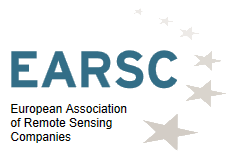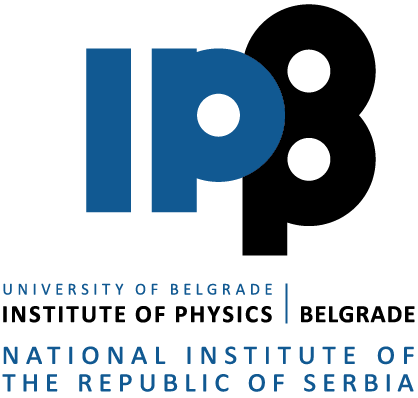The Challenge
Despite the important progress made over the past years in the Balkans and in North Africa, and even more so in the Middle East, critical gaps still exist in the uptake of Earth observations data. There has been a disparate level of development and cooperation between various EO stakeholders, ineffective exploitation of available resources and expertise, limited public awareness of EO benefits and services and low involvement of the industrial sector.
The Solution
GEO-CRADLE brings together key players representing the entire Earth Observation (EO) value chain from the Balkans, North Africa and Middle East, with the overarching objective of establishing a multi-regional coordination network that:
Our Impact
GEO Capacity Building in North Africa, the Middle East, the Balkans, and the Black Sea sustaining the key outputs of the relevant H2020 GEO-CRADLE project http://geocradle.eu/en/about-geo-cradle/the-project/ and scaling-up their reach in terms of geographic coverage (Black Sea), addition thematic areas (disaster management and water resources management) and operational maturity (in conjunction with the outcomes of the e-shape project - EuroGEO Showcases https://e-shape.eu/)
Another key output of GEO-CRADLE that can contribute to the long-term uptake of EO activities in the region is the operation of the Regional Data Hub. By providing access to region-related datasets and services, directly fed from the GEOSS-portal, and at the same time being the centralised gateway for regional data providers to contribute easily and timely their products to GEOSS, the Regional Data Hub is designed to become the focal node in the region in the context of GEOSS and Copernicus implementation.
The Maturity Indicators was a novel proposal introduced by GEO-CRADLE as an independent, up-to-date and replicable methodology for the assessment and monitoring of EO maturity at national level, in order to capture the level and measure the progress of each country’s involvement in the implementation of GEO and Copernicus vision. This involvement ranges from strategic planning, leading initiatives and direct financial support to GEO activities (and Copernicus for EU Member States), to simple observation of the discussions made with no special follow up actions. A set of indicators was defined across three main fields: “Capacities”, “Cooperation” and “National Uptake and Awareness”.
Our Donors
Our Partners
Participating Organizations
Non-affiliated




















